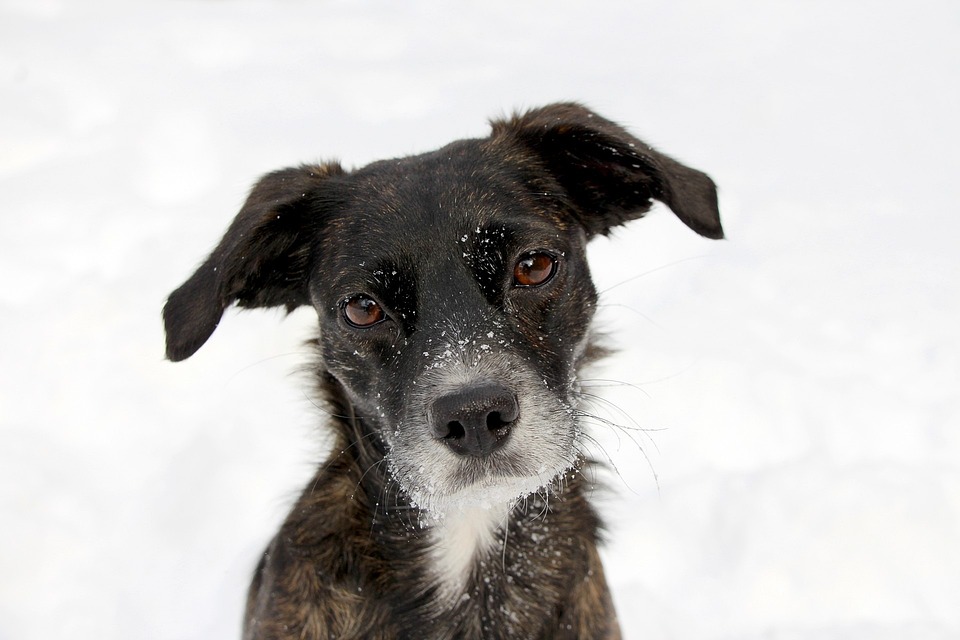Introduction:
When visitors come to your home, it’s essential for your dog to greet them with politeness and grace. A dog that jumps, barks excessively, or becomes overly excited can create an uncomfortable situation for both guests and owners. In this article, we will explore effective techniques for teaching your dog the art of polite greetings. We will also discuss the role of SEO in enhancing your visibility as a dog training expert.
Understanding the Importance of Polite Greetings:
Polite greetings are important for several reasons. Firstly, they create a positive impression of your dog and your household. When your dog displays good manners, visitors feel more at ease and welcomed. Secondly, polite greetings ensure the safety of your guests. Dogs that jump or bark excessively can accidentally knock over or scare visitors, leading to potential injuries. Lastly, proper greetings contribute to the overall well-being of your dog. Teaching them to remain calm and controlled during greetings can reduce their anxiety and improve their social interactions.
Establishing a Foundation of Basic Obedience:
Before diving into teaching polite greetings, it’s crucial to establish a foundation of basic obedience. Teaching your dog commands like “sit” and “stay” lays the groundwork for polite greetings. By having control over your dog’s behavior, you can prevent them from jumping or lunging at visitors. Obedience training also strengthens the bond between you and your dog, making them more responsive to your commands.
Teaching Your Dog to Stay Calm:
Recognizing signs of excitement or anxiety in dogs is key to promoting calm behavior during greetings. Common signs include panting, pacing, and excessive barking. Implementing techniques such as deep breathing exercises, using calming cues, and redirecting their attention can help your dog stay calm during greetings. Consistency and repetition are essential in reinforcing calm behavior.
Desensitizing Your Dog to Visitors:
It’s important to create positive associations between your dog and visitors. Gradual exposure to visitors can help reduce anxiety and excitement. Start by having a few trusted friends or family members visit and reward your dog for calm behavior. Gradually increase the number of visitors and the level of excitement during greetings, always rewarding your dog for appropriate behavior. This desensitization process helps your dog learn that visitors are not a threat but rather a positive experience.
Consistency and Reinforcement:
Consistency is key when teaching your dog polite greetings. Set clear expectations and enforce them every time a visitor arrives. Reward-based training methods, such as using treats or praise, can reinforce desired behavior. Consistently rewarding your dog for staying calm and displaying good manners will help them understand what is expected of them during greetings.
The Role of SEO in Enhancing Visibility:
As a dog training expert, it’s important to optimize your blog content using relevant keywords related to dog training and polite greetings. Understanding the importance of search engine optimization (SEO) can help enhance your visibility and reach a wider audience. By incorporating SEO strategies into your blog, you can establish yourself as an expert in dog training and attract more readers.
FAQs Section:
Q1: How long does it take to teach a dog polite greetings?
A1: The time it takes to teach a dog polite greetings can vary depending on the individual dog’s temperament and prior training. It can take a few weeks to a few months of consistent training to achieve desired results.
Q2: Can I teach an older dog to greet visitors politely?
A2: Absolutely! Dogs of any age can learn new behaviors with patience and proper training techniques. However, it might take more time and effort compared to training a young puppy.
Q3: Are some dog breeds more prone to improper greetings?
A3: Certain breeds, such as highly energetic or excitable ones, may be more prone to improper greetings. However, with proper training and consistency, all dogs can learn to greet visitors politely.
Q4: What should I do if my dog continues to struggle with greeting manners?
A4: If your dog continues to struggle with greeting manners despite consistent training, it may be helpful to consult a professional dog trainer or behaviorist. They can provide personalized guidance and support tailored to your dog’s needs.
Conclusion:
Teaching your dog to greet visitors politely is a valuable skill that enhances the overall experience for both guests and dog owners. By following the techniques outlined in this article and ensuring consistent training, you can transform your dog into a well-mannered host. Remember, incorporating SEO strategies into your blog content can also help you reach a wider audience and establish yourself as an expert in dog training.









